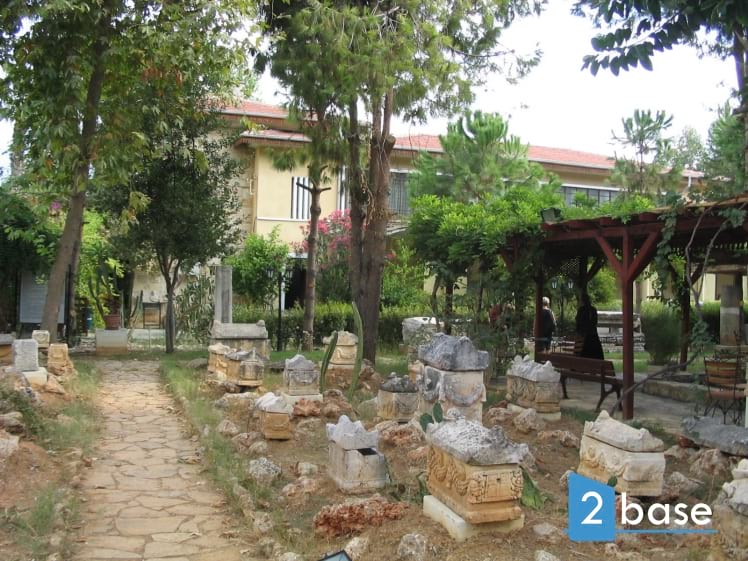The historical museum of Alanya opened its doors in 1967 and is divided into two sections; ethnographical and archeological
The historical museum of Alanya opened its doors in 1967 and is divided into two sections; ethnographical and archeological. The museum displays the most important and best preserved discoveries from the whole Alanya region and the collection expands each year as new objects from different excavations are recovered.
In the ethnographical section coins from the Lydian, Roman and Ottoman periods are displayed. Taking pride of place in this area is a statue in bronze of the hero Hercules from Greek mythology.
The statue was originally discovered 35 kilometres from Alanya and attempts were made to smuggle it out of Turkey. This was prevented at the last moment and the 51.5 cm high statue of fine bronze can therefore be seen at the museum today.
The ethnographical section also houses several pots found in the sea. It is possible to see how houses were furnished in the past and there is a fine collection of weapons, woven carpets, old Korans, articles of clothing and even a beautifully decorated library.
The archeological section of the museum is outdoors and just as interesting as the ethnographical section. It is laid out as a large garden with flowers and animals.
In the garden there are examples of different graveyards from the Greek, Roman, Seljuk and Ottoman periods. Although some locals believe the graveyards are real, this is not the case!
Furthermore it is possible to see how the production of olive oil took place in the past.


